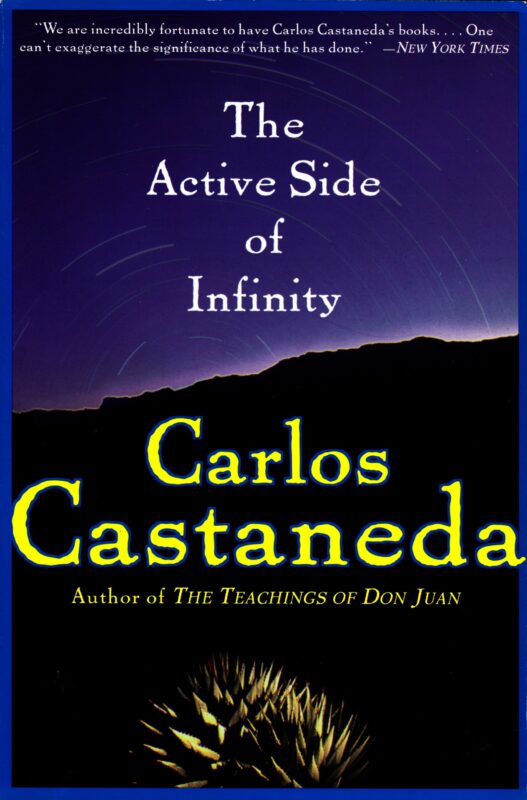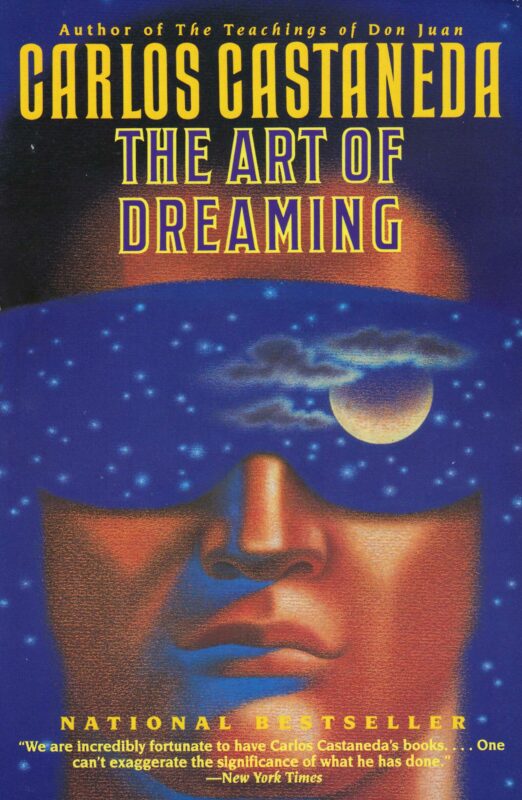The Active Side of Infinity – The Interplay of Energy On The Horizon
In this final chapter, Castaneda describes the culmination of his recapitulation. The initial “usher” memory has unlocked an unstoppable and maddeningly clear flow of recollections, each one relived with an intensity greater than the original experience. He recounts traumatic memories of a near-fatal fall from a scaffold and a terrifying encounter with a dog, realizing he was literally re-experiencing them and “jumping” through time. Don Juan explains this is his “true mind” emerging and that a “foreign installation” is collapsing, a process that pulls sorcerers “out of their syntax.” Later, a series of vivid recollections reveals Castaneda’s deeply ingrained, lifelong need to control everyone around him. One night, this process climaxes as he experiences the “interplay of energy on the horizon” that don Juan had described: a pomegranate-red dot explodes into unreadable text and garbled voices. Don Juan confirms this was infinity’s “takeover” and tells him he must now learn to “read energy” directly, a perception that is an event “beyond the syntax of our language.”
The Active Side of Infinity – The Interplay of Energy On The Horizon Read More »

